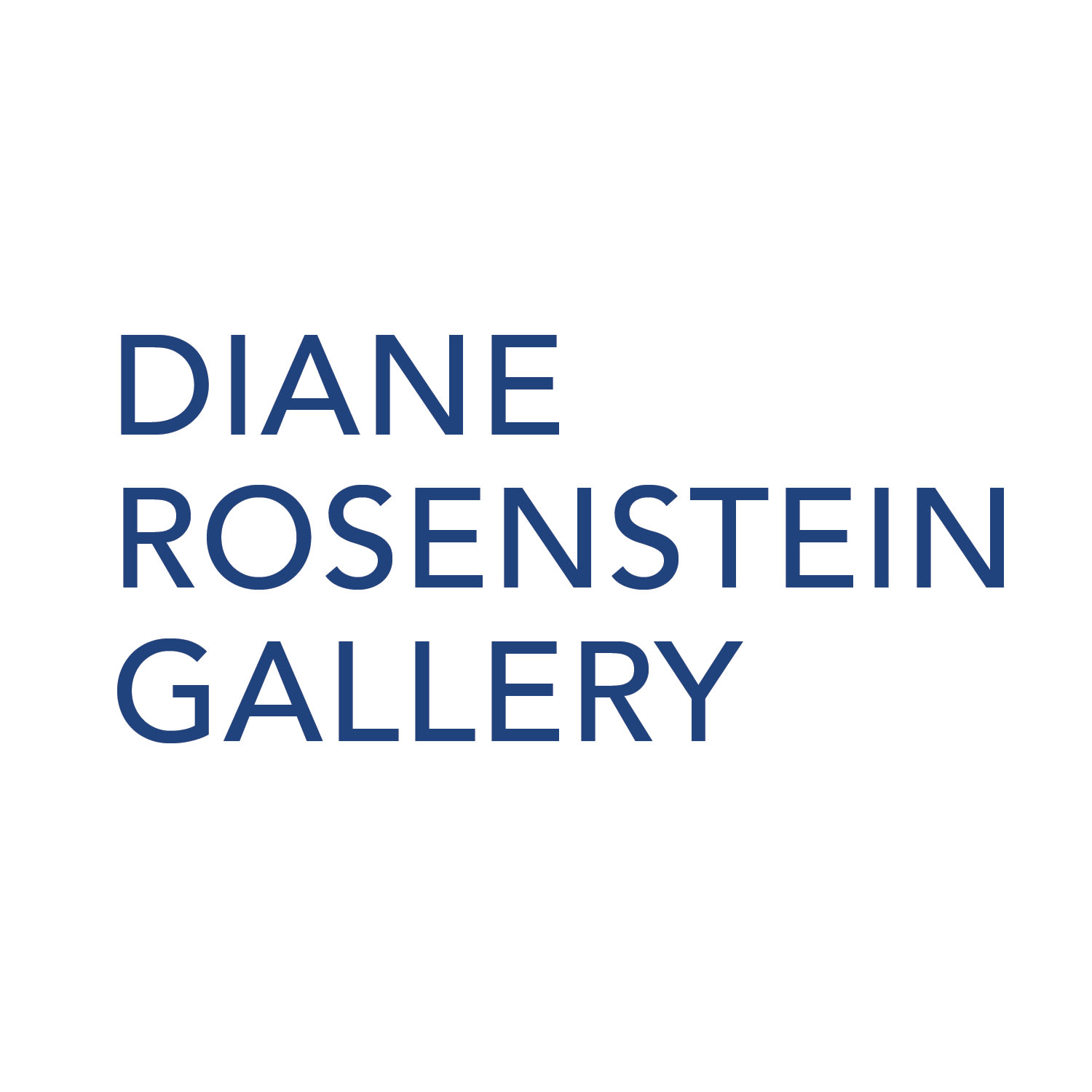"I share the concern of many artists – to transmute paint a base material, into the gold of an universal consciousness – and to relieve painting of parochialism and other cultural deadwood that limit artistic power and significance."
Kenwyn Crichlow is a Trinidad-based painter whose unique abstract language is a humanistic, aesthetic, and political choice. For the past forty-five years, his studio practice has consciously elided figures and symbols, deliberately circumventing the colonial tropes conventionally associated with the Caribbean. An influential arts leader in the West Indies, he reframes Trinidad & Tobago’s art history as a wide arc that rejects the colonial period as its pivot point. In his writing, leadership, and artwork, he brilliantly insists on multiple ways of seeing the landscape in which he and generations of his family were raised.
His work has evolved to evoke feeling through the material vocabulary of a painter: marks modernist in their self-awareness, but poetic in the experience they convey. "I share the concern of many artists – to transmute paint a base material, into the gold of an universal consciousness – and to relieve painting of parochialism and other cultural deadwood that limit artistic power and significance."
His paintings revel in multiple layers and episodes, clearly influenced by Trinidad's topographic and cultural landscape, but deliberately resisting representation. Instead, his work has evolved to evoke feeling through the material vocabulary of a painter: marks modernist in their self-awareness, but poetic in the experience they convey.
Crichlow was nineteen during Trinidad’s Black Power Revolution of 1970, and his paintings from this era reflect a socio-political awakening. Eight years after Independence, not enough had changed, and the country’s youth revolted. In these early figurative works, the artist began to use language and color to flatten space and foreground his political outlook. The few that survived reference an urban postcolonial reality and the kindling of the artist’s interest in the picture plane as a subject.
In the mid-1970s, Crichlow left the Caribbean to study art in London at Goldsmiths College, and there found community with the West Indian Student Association. In his London studio, he developed a visual language independent of pictorialism or exoticization, liberating painterly marks from its subject matter. Crichlow sought to understand what representation means, revealing not only paint’s capacities, but its cultural scaffolding as well. By 1978, he began exhibiting abstract paintings in curated group presentations in London, such as Young Contemporaries (1978) and Caribbean Art Now (1986).
The art critic Waldemar Januszczak wrote about Crichlow’s painting Whispers In The Rainforest (1985) in his review of Caribbean Art Now for The Guardian. He describes the “glorious abstractions with their insistent sense of landscape, their hummingbird blues and hibiscus pinks, their rain-forest greens and those flecks of gold glistening in the distance, like nuggets at the bottom of a river.”
After receiving his degree at Goldsmiths, Crichlow returned home and set up his studio in the southern port city of San Fernando. Once there, he began to study his country in earnest and contribute to the development of its arts community. An influential arts leader in the West Indies, Crichlow has framed TT’s art history as a wide arc of native practice. In his writing, leadership, and studio practice he insists on multiple ways of perceiving the landscape in which he and generations of his family were raised.

